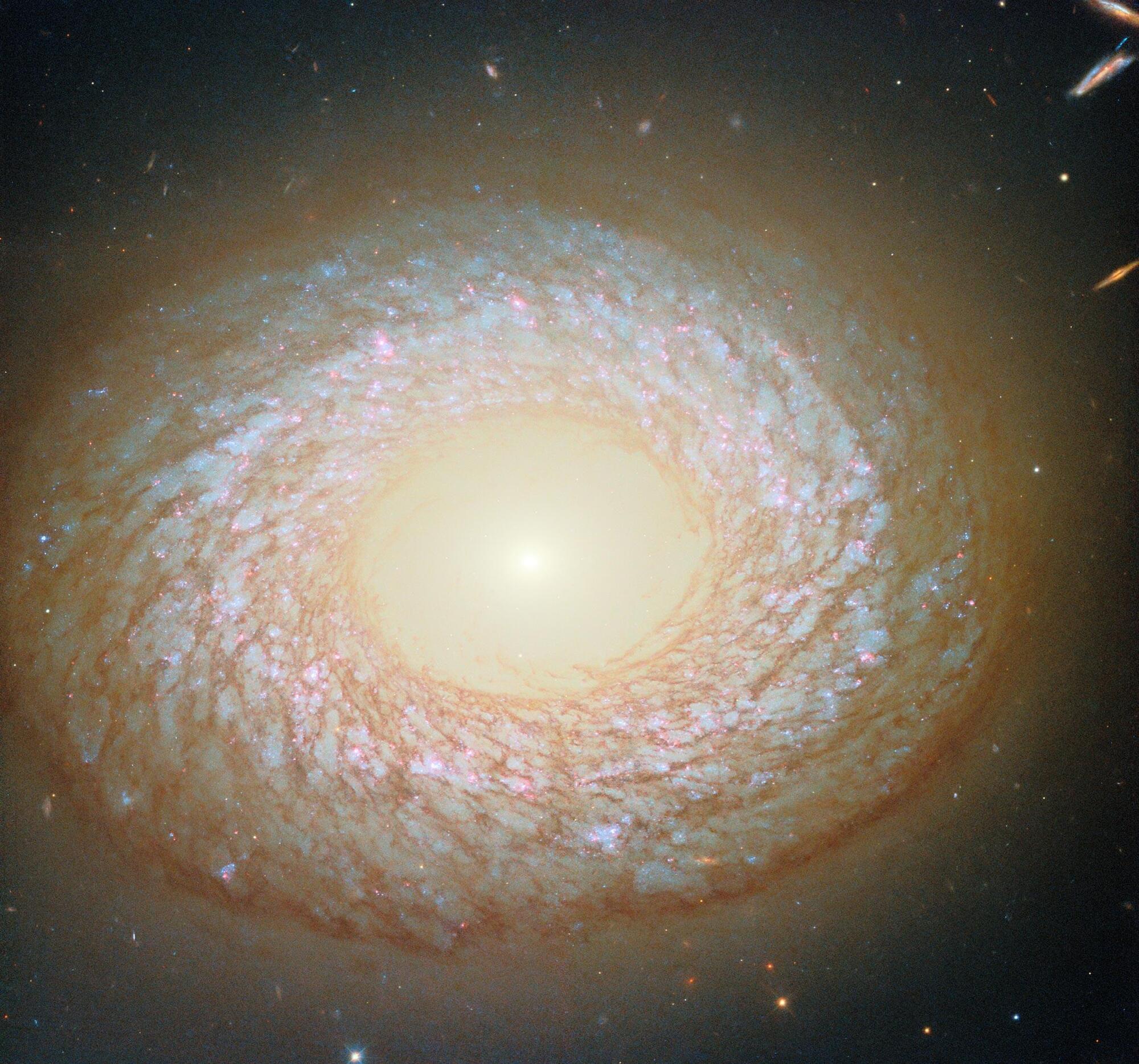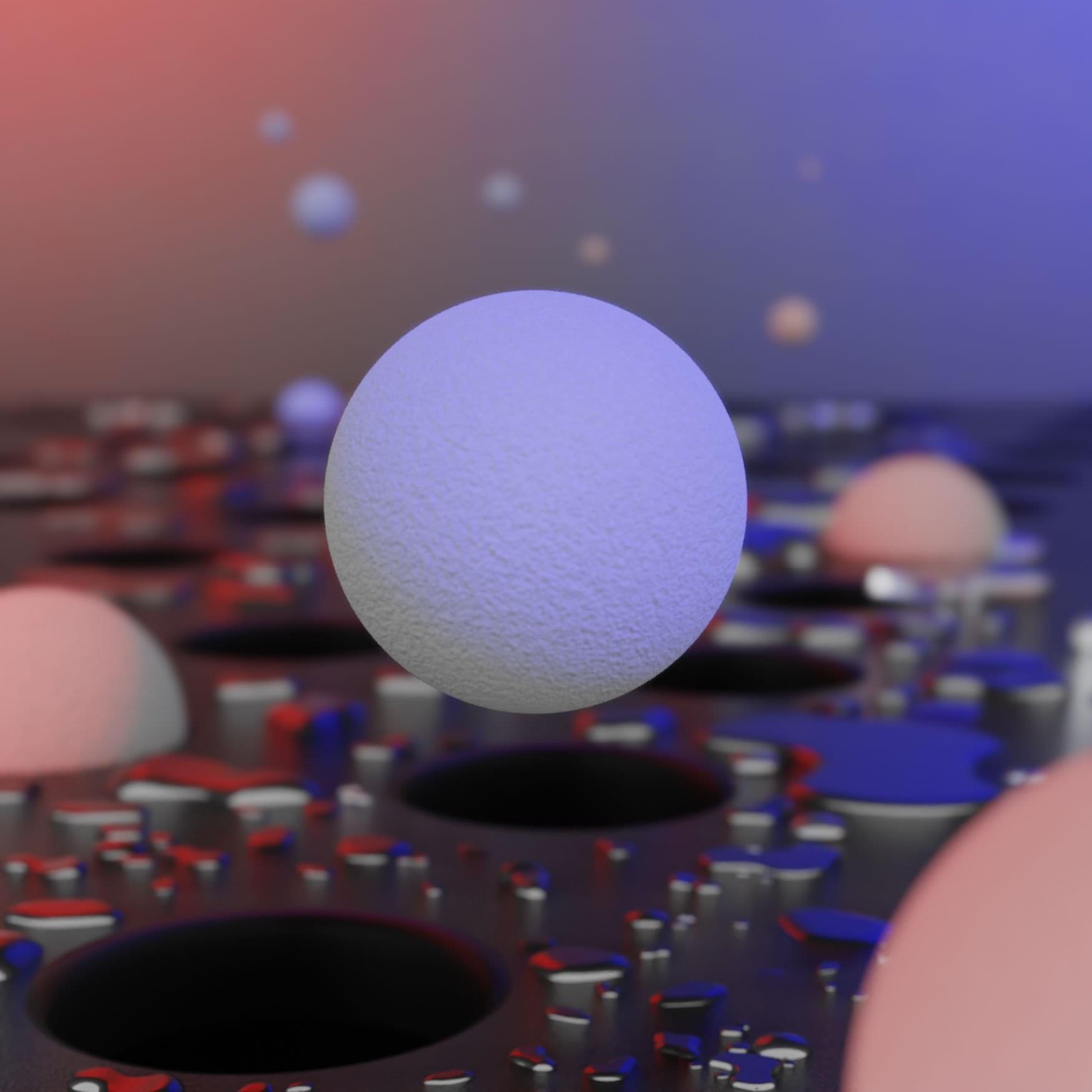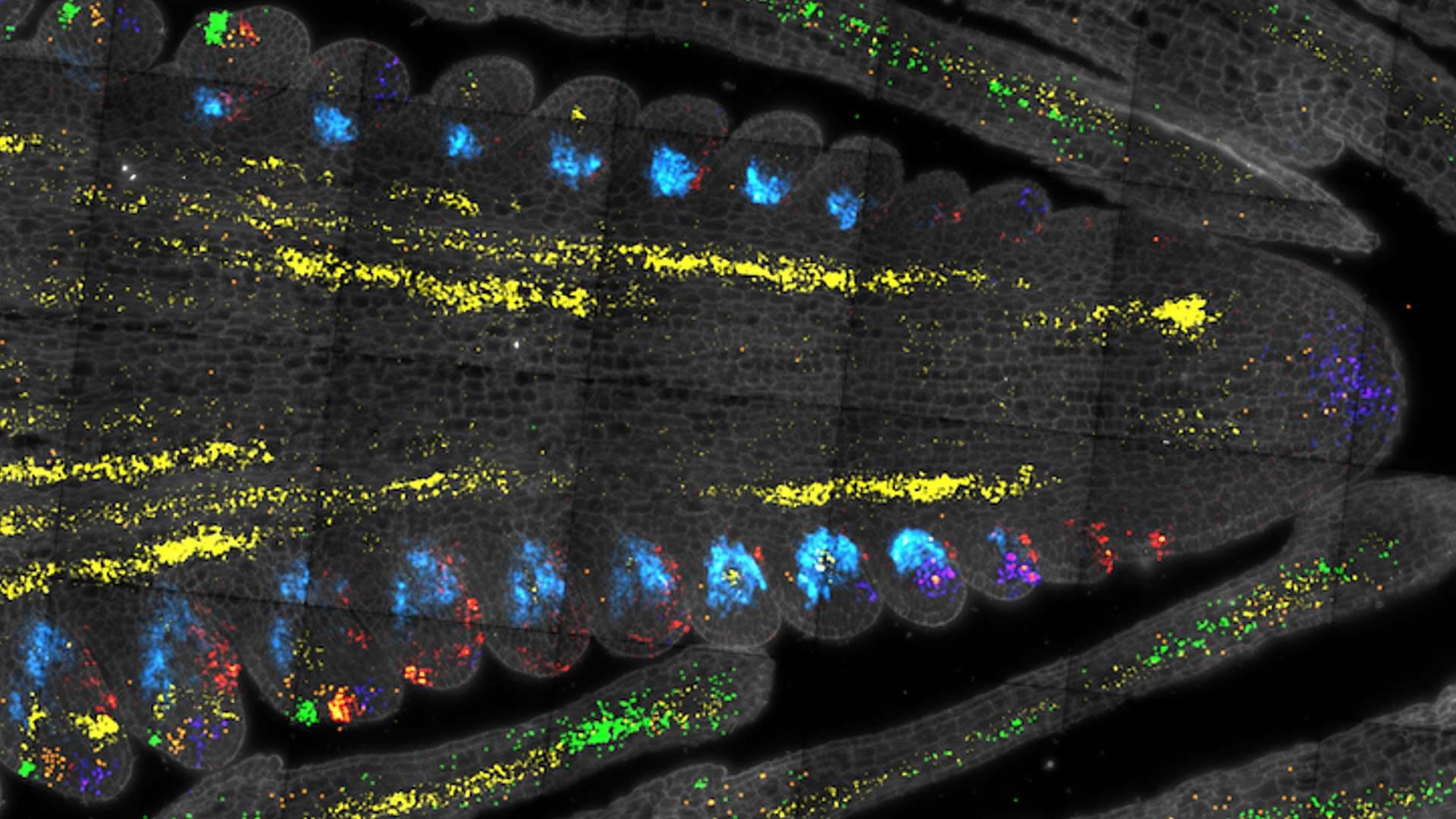A research team has successfully developed a self-locked Raman-electro-optic (REO) microcomb on a single lithium niobate chip. By synergistically harnessing the electro-optic (EO), Kerr, and Raman effects within one microresonator, the microcomb has a spectral width exceeding 300 nm and a repetition rate of 26.03 GHz, without the need for external electronic feedback.
The research was published in the Nature Communications. The team was led by Prof. Dong Chunhua from the University of Science and Technology of China (USTC), in collaboration with Prof. Bo Fang’s group from Nankai University.
Optical frequency combs, light sources composed of equally spaced frequency lines, are essential tools in modern optical communications, precision measurement, and fundamental physics research. While traditional optical-frequency combs are typically based on bulky mode-locked lasers, recent advances in integrated photonics have enabled chip-scale Kerr and EO combs.







